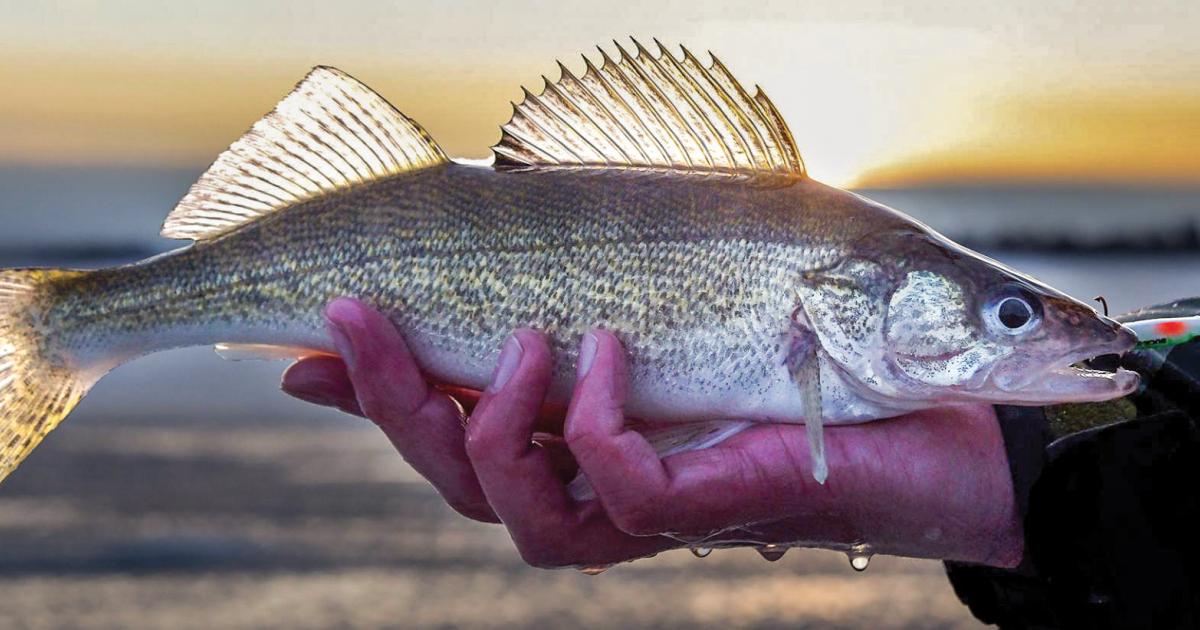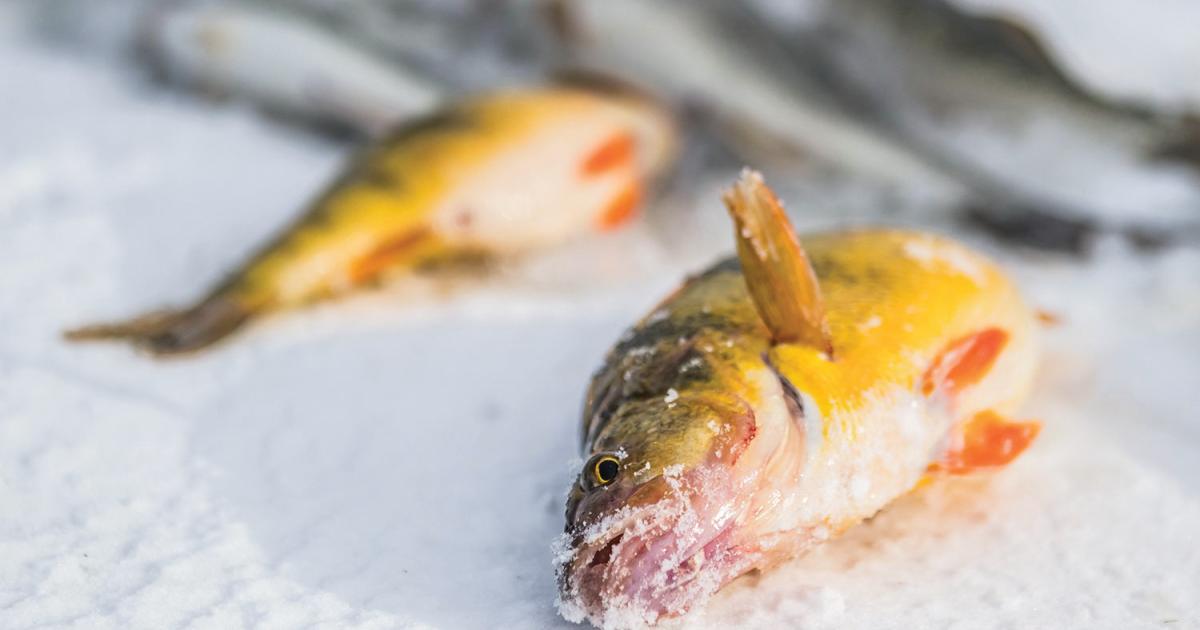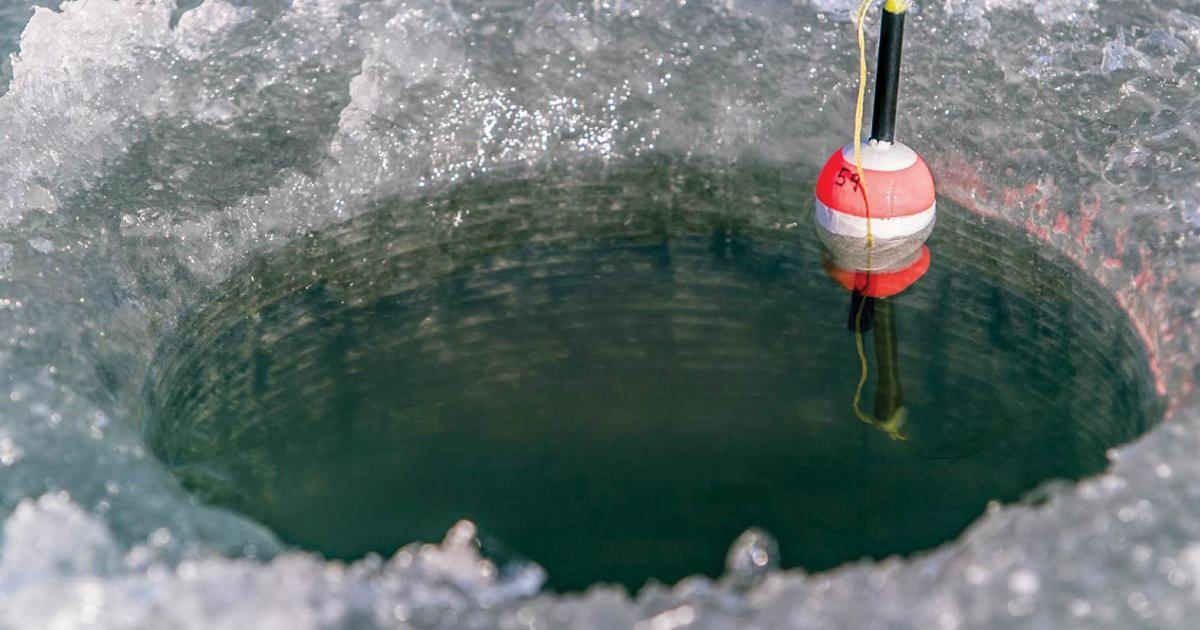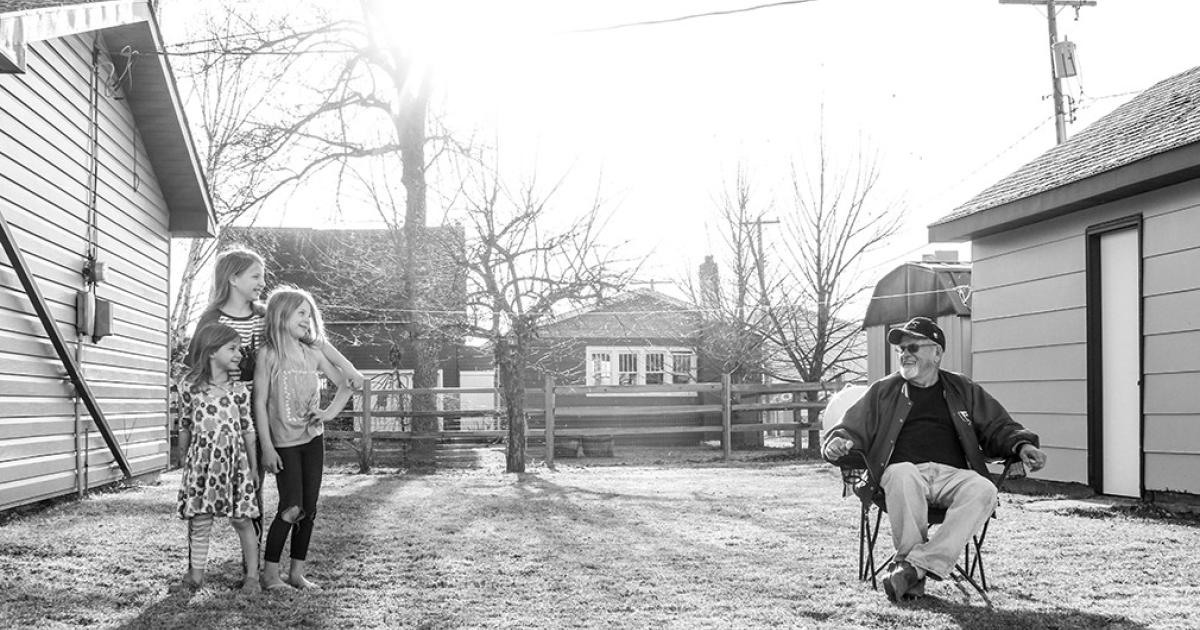Photos Courtesy N.d. Game and Fish Department
Before waters hardened, signaling the start of the state’s ice fishing season, Greg Power, N.D. Game and Fish Department fisheries chief, said it’s important to look at where we were when the ice retreated last spring.
“At that time, we had roughly 430 lakes in North Dakota, and as we go into the new ice fishing season, we still have 430 lakes, which is kind of hard to comprehend, given how hot and dry it was this last summer,” Power said. “We fully expected conditions were such to have some serious summer die-offs, but it never happened.”
Which is good news for ice fishing season.
“While we have some real concerns about the potential for winterkill, the waters are still out there,” Power said. “We've got a nice distribution of lakes across the state and our fish populations in those waters are still strong. They may not be record-setting, but we still have pretty darn good fish populations in most of our water bodies.”
WALLEYE, PERCH AND PIKE
The focus of North Dakota ice anglers, no matter the winter, is typically walleye, yellow perch and northern pike.
“While you might throw in a few crappie lakes around the state, those three species are certainly the top three,” Power said. “But as we come up to a new ice fishing season, and this has changed in the last five or 10 years, the opportunities for perch and pike are fewer, but there are a lot more opportunities for walleye out there.”
“We have a lot more prairie walleye lakes with still relatively young populations, but with incredible growth rates on these fish,” he added. “So, there should be a lot of catchable walleye throughout the state, especially in central North Dakota.”
Today, there are more than 70 prairie walleye lakes across North Dakota’s landscape, which is 70 more than in the early 1990s. And they vary in size from 200 acres to thousands of acres.
“The walleye populations in many of these lakes … it's pretty incredible the number of walleyes out there,” Power said. “Of course, anglers know that one of the problems is that the walleye bite, especially in clear lakes, tends to be in the early morning and right at sundown, so oftentimes, you only have 45 minutes to an hour of good fishing. Yet, some of these prairie lakes tend to be a little more muddy, not as clear, and you can get fish all day long, which makes it even more fun.”
According to the statewide average, it takes three full growing seasons for a walleye to reach 14 inches. Yet, in these fertile prairie waters, often loaded with fathead minnows, aquatic insects and other forage, walleyes are hitting the 14-inch mark in two growing seasons, and sometimes an unheard of 16 inches.
“What makes it fun is the turnaround from stocking the young walleye fingerlings one year and a couple of years later you have an instant fishery,” Power said. “And that's kind of where we're at with a lot of these younger fisheries right now in the state.”
While word of a good walleye bite can lure ice anglers from afar, when a North Dakota lake is rumored to be kicking out nice perch, off-the-beaten-path waters can turn into small towns overnight.
“Perch are popular, probably because you can catch a bunch of them, it’s a daytime bite and they’re fun,” Power said. “It’s been the perfect storm in North Dakota over the last 20 to 30 years when it comes to perch fishing. Probably nowhere in North America has it been better for both quantity and quality.”
While there once was 50-plus quality perch lakes in North Dakota, Power said today that number is likely closer to a couple dozen.
“The perch lakes are down for sure. We've probably had a couple of peaks over the last 30 years, including maybe four or five years ago when we had a nice run of a lot of perch lakes,” he said. “We still have some, but again, it's all about reproduction and productivity of these lakes. We've had a few years of drying out now and we don't get the production, meaning the zooplankton and the little aquatic bugs in particular. So, the growth of the perch isn’t as good and there are just fewer perch lakes out there.”
North Dakota’s pike populations sort of parallel perch. Their numbers are down, but they’re certainly not out.
“On a one-to-10 scale in terms of pike populations, we're probably at a seven. We're above average for sure,” Power said. “We've been trending downward. We're not getting a lot of natural reproduction recently, but pike are still in pretty good shape.”
ANGLER ACCESS
Of course, the biggest uncertainty of this ice fishing season is angler access to managed waters during North Dakota’s leanest months.
“Last winter, in terms of ice fishing, access was probably never better. It took a while to get good ice, drive-on ice, and that was maybe the only downside,” Power said. “But then we had a nice cold snap that made pretty good ice and people were able to drive on lakes in the dead of winter, given the lack of snow throughout the state. There were really no access issues throughout the entire state and that rarely happens.”
Ice fishing in North Dakota accounts for about 20% of the annual fishing effort most years. Last year, with access not being an issue, that effort jumped to 25%.
Last winter, a record number of residents, about 71,000, along with more than 25,000 nonresidents, participated in ice fishing in North Dakota.
Ron Wilson is editor of North Dakota OUTDOORS.












